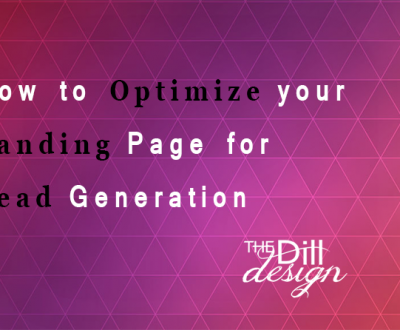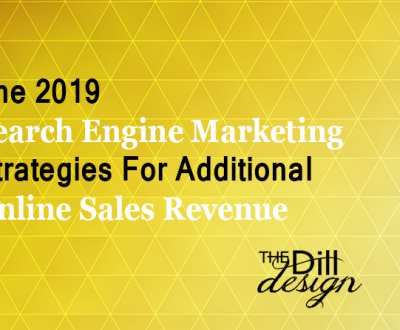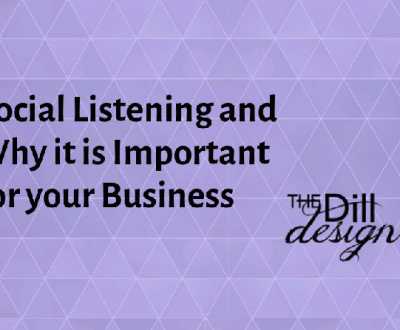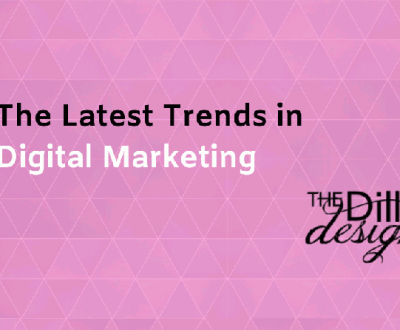Why Inbound Marketing is Superior to Interruption Marketing
- September 26, 2016
- Business Advice, SEO

What is interruption marketing?
You probably know interruption marketing by its original name, outbound marketing. Outbound, or interruption marketing, is the traditional form of marketing that we all know. For example, we know this type of marketing as flyers in the mail or telemarketing calls. This type of marketing asks the audience to stop what they are doing and pay attention to the message that somebody is trying to put out to them – or in other words, interrupting them.
Some other examples of interruption marketing are:
- Print advertising
- Direct mail, coupons, or flyers
- Email spam or junk mail
- TV advertisements or commercials
- Radio advertisements
- Sales calls or cold calls
What is inbound marketing?
Inbound marketing is a newer way of marketing. In contrast to the traditional form of interruption marketing, inbound marketing provides value to the target audience while moving them through the stages of the sales funnel. Instead of asking the person to stop and listen to your marketing message, you are providing them with promotions that keep them informed and in touch with your brand as well as topics that your brand relates to.
Some examples of permission, or inbound marketing include:
- Blogs or articles
- eBooks
- Newsletters or Email lists
- Social Media Channels
- Podcasts or live steams
There are considered to be five levels in permission marketing when moving a potential customer through the sales funnel. However, these levels are not sequential and instead can exist separately from another and only depend on the situation in which the audience and the brand are in. These five levels are:
Situational permission – potential customers provides their personal information. For example, joining somebody’s mailing list to access their content or following the brand on social media.
Brand trust – the audience member does not cut ties with the brand and instead continues to let the brand provide them with the value that they first received. For example, they continue to follow the blog or the social media channels.
Personal relationship – the audience member has a preexisting relationship or personal tie to the brand. Whether this be personal or professional, they already have a tie to the brand that will create a bias.
Points permission – the idea that one trades permission to the brand for an incentive to be earned back, such as the opportunity to win a prize or to earn loyalty points. An example of this would be choosing to use a certain airline for all of your travel in order to earn back miles for use in future flights. You use this airline and only this airline because if you use another you are wasting the opportunity to gain points.
Intravenous permission – when the customer becomes completely dependent on the brand. This is the most desired position for brands to have their potential customers in on the levels of permission marketing.
Which one is more superior and why?
One of the easiest ways to look at and compare the two different forms of marketing in relation to each other is seeing them as interruption marketing versus permission marketing. When you are sending an outbound marketing message, it is interrupting the flow of your potential client or customer’s daily life. When you are sending an inbound marketing message, you are drawing in the potential client or customer by providing them with value then asking their permission by inviting them into the marketing message. An inbound marketing message is one where you are drawing in the potential customer to come to you, rather than going to them. One opinion states “Why try to buy customers with traditional ‘outbound marketing’ when consumers aren’t even paying attention?”. The idea behind this point of view is that there are many messages out in the world today. Thanks to social media and the World Wide Web, your target audience is inundated with a slew of marketing messages from a million and one different angles. Why would they want to stop for yours if they know it’s just a basic sale? In a world where commercials can be fast-forwarded and accounts can be unfollowed, it is important to stand out from the sea of sales and create a conversation and a perceived value on your own. This way, the value will convert into brand trust and commitment, and further down the line sales.
Here are some reasons as to why outbound marketing is being replaced by inbound marketing as the chosen way to sell a brand:
More effect, less cost
Outbound marketing simply receives more of an effect, with less of a cost. It creates truly committed customers and clients without an advertising budget. Advertising budgets in interruption marketing can become quite large – between the costs for commercials and printers, etc. it can get overwhelming. Sometimes the return on investment doesn’t’ even cover the cost. However, with inbound marketing techniques, it costs much less to run social media and write blogs about the topic that your brand niche is in. This kind of genuine marketing might take more time, but in the end it is more cost effective and creates more conversions.
One creates relationships with the target audience
Interruption marketing simply throws a message out to a wide public. However, inbound marketing efforts create a relationship with the target audience that allows for much more targeted marketing in a niche market. It can identify and target these markets more specifically and directly than throwing a billboard up on the side of a highway.
Campaign end dates
While advertising campaign dates end and budgets run out, inbound marketing can stay long term. When you create a relationship with a customer and have them come to you to find value, there is no end date.
You go to them versus them coming to you
In interruption marketing, you as a brand are going out into the world and going after your audience. In inbound marketing, the brand is showing its value and waiting for your audience to find you. When somebody finds you and decides you are valuable, it is a much stronger bond than when you attack somebody with your message head on that might not even be interested.
Chris is a father of 4 and works full time as a network engineer. He loves The Office, P & R, brewing (and drinking) beer, and of course Web Design and SEO.
About us and this blog
We are a digital marketing company with a focus on helping our customers achieve great results across several key areas.
Request a free quote
We offer professional SEO services that help websites increase their organic search score drastically in order to compete for the highest rankings even when it comes to highly competitive keywords.












